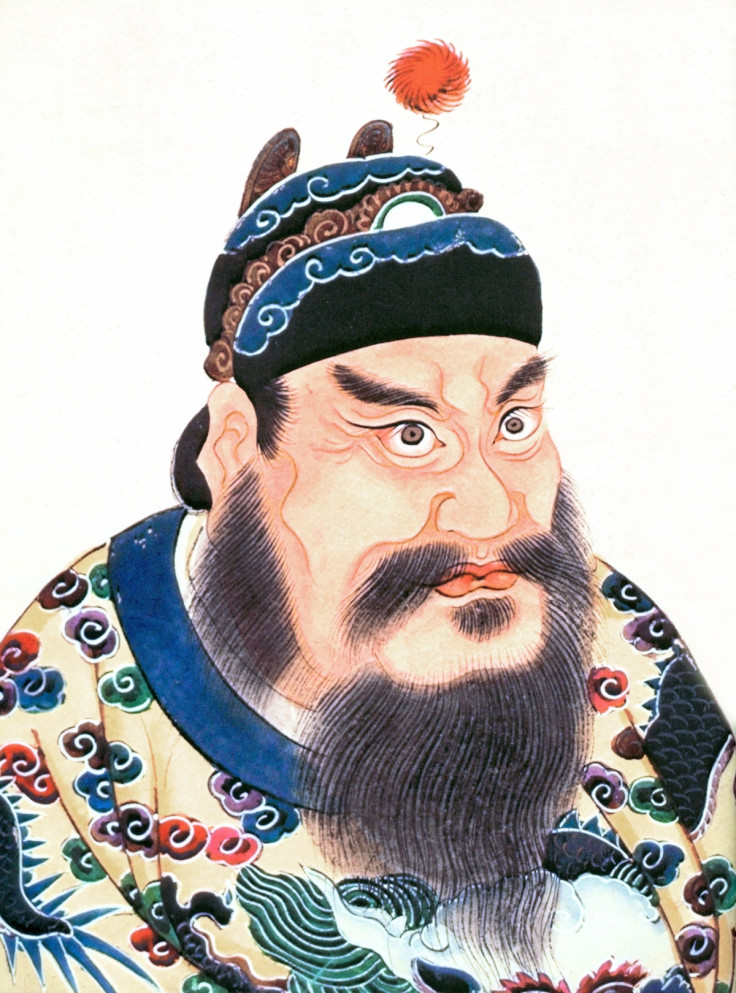Submerged ancient palace of China's first emperor Qin Shi Huang discovered

The seaside palace of China's first emperor Qin Shi Huang is believed to have been discovered submerged off the coast of Suizhong county. Archaeologists say the palace dates back more than 2,200 years and would have been one of the emperor's 200 palaces he owned across the country.
Local fisherman had previously found ancient coins and ceramics on the seabed and said stone walls were visible during low tides, South China Morning Post reports. Archaeologists later found a 60m-wide square made up of large stones, which they believe formed a large platform – either for religious sacrifices or other important events. The remains of a stone road running through the palace were also discovered.
The palace is believed to have been built between 221-207 BC. Qin Shi Huang, also known as Ying Zheng, united China by conquering all of the independent kingdoms, bringing an end to the Warring States period.
The discovery of the submerged palace follows the announcement that the remains of Yueyang City, which was capital of the Qin state during the Warring States Period, had been found in the Yanliang district. The city is famed for being the location of political reform, which eventually led to the foundation of China's legal system, Xinhua news agency reports.
These reforms helped Qin become the strongest state during the turbulent political period, paving the way for the eventual unification. The team found the remains of three large buildings, with the largest measuring 920sq/m, along with tiles and pottery shards.
Liu Rui, a researcher with the Institute of Archaeology of the Chinese Academy of Social Sciences, said: "We found a wide circle of rammed earth, with one side measuring 100m long. We believe it to be a city square of Yueyang."
© Copyright IBTimes 2025. All rights reserved.






















